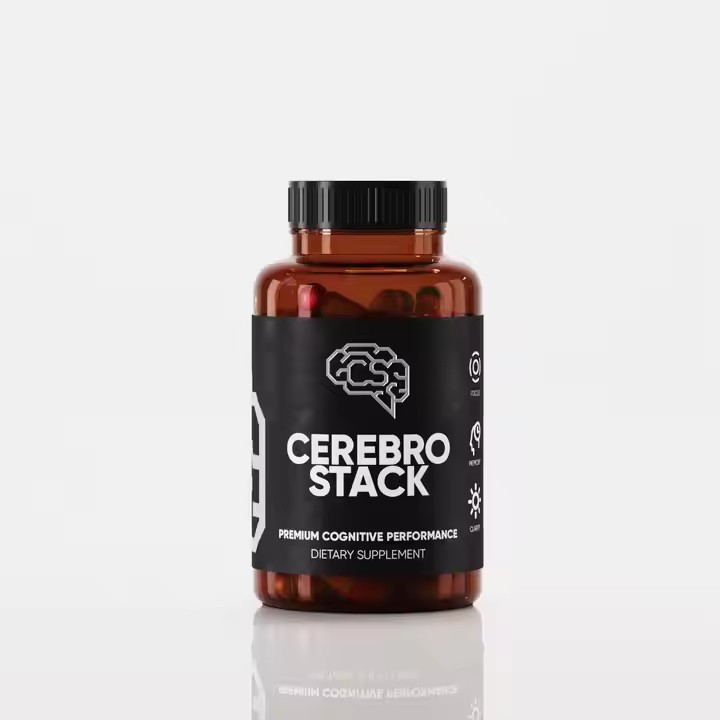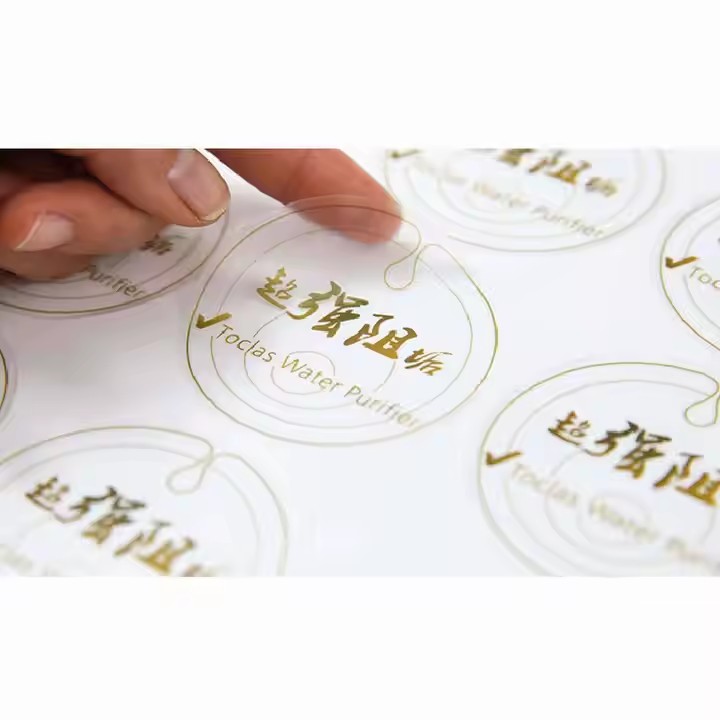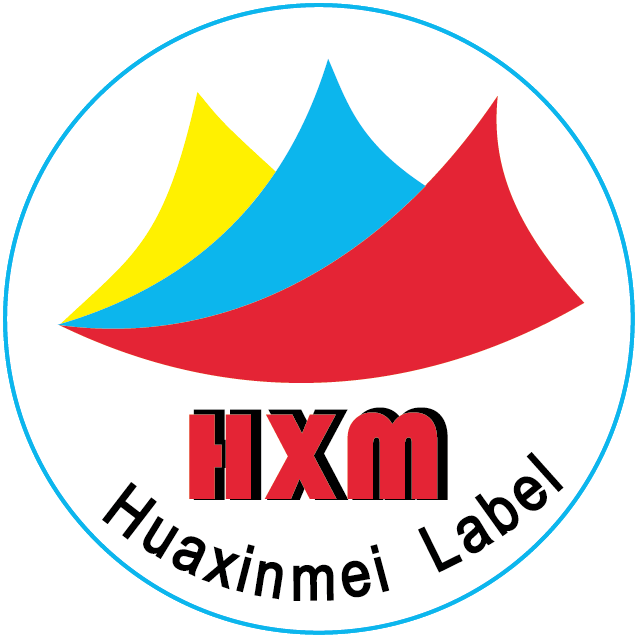I. Precisely Position Target Market and Products
(1) In-Depth Market Research
Enterprises should adopt a combination of quantitative and qualitative research methods to accurately grasp market dynamics. Health demand data from consumers of different ages, genders, and regions should be collected through online questionnaires, offline interviews, etc. For example, understand the anti-fatigue and sleep improvement needs of young professionals due to overtime and irregular diets; focus on joint care, cardiovascular health, and other demands for middle-aged and elderly groups. Meanwhile, analyze the functions, prices, and marketing approaches of competitors’ products to identify market gaps, such as exclusive supplements for specific occupational groups. Enterprises need to use methods like questionnaires to understand what users prefer and which nutrients they intend to supplement, then match user needs based on customer demands.
(2) Clarify Core Product Functions and Differentiated Positioning
Determine the core functions of products based on research results. Launch single-effect products, such as calcium tablets for bone health; or create composite-function products, like comprehensive nutrients that supplement multiple vitamins and minerals simultaneously. Highlight product differentiation by using patented raw materials, exclusive formulas, or emphasizing natural organic and additive-free features to set them apart from competitors and attract target consumers.

II. Optimize Product R&D and Production
(1) Ensure Product Quality and Safety
Strictly follow relevant national regulations and quality standards to control quality from the source of raw material procurement. Select high-quality and compliant raw materials and establish a complete supplier audit system. In production, strictly implement GMP (Good Manufacturing Practice) standards and adopt advanced equipment and technology to ensure stable ingredients and precise dosage. Enhance consumer trust in product quality through third-party authoritative certifications, such as ISO quality management system certification.
(2) Innovate Product Forms and Flavors
Break through traditional forms like tablets and capsules to develop novel formats. For example, launch portable stick-packed powders for on-the-go consumption; design delicious gummy formulations to solve swallowing difficulties for children and some consumers. Boldly innovate in flavors, developing fruit-based, milk-flavored, and other tastes according to product functions and target groups’ preferences to improve palatability and enhance consumers’ willingness to take them.
III. Create Eye-Catching Product Packaging
(1) Highlight Key Information and Selling Points
The front of the packaging must clearly display product name, core efficacy, main ingredients, etc., using concise language and eye-catching fonts to ensure consumers quickly grasp key points. Meanwhile, present unique advantages like raw material origin and patented technology in a graphic-and-text manner to attract consumers to learn more.
(2) Focus on Aesthetics and Practicality of Packaging Design
Packaging design should match the aesthetic preferences of the target audience. Adopt fresh, fashionable colors and minimalist designs for young women; prefer stable, traditional styles for middle-aged and elderly consumers. Optimize packaging structures with easy-to-open and strong-sealing forms to facilitate storage and use, enhancing the user experience.
IV. Formulate Precise Marketing Strategies

(1) Online Marketing
Social Media Marketing: Establish official brand accounts on WeChat, Weibo, Douyin, Xiaohongshu, etc., regularly publishing health science content, product usage cases, and user feedback to attract attention and interaction. Collaborate with health influencers and bloggers to expand brand influence and promote sales through product reviews and sharing, leveraging their fan base.
E-commerce Platform Marketing: Join mainstream platforms like Tmall, JD.com, and Pinduoduo, optimize product pages, and improve search rankings. Carry out promotional activities such as limited-time discounts, full-reduction offers, and gifts to attract orders. Use e-commerce data analysis tools to gain insights into consumer behavior and preferences, adjusting strategies promptly.
Content Marketing: Create high-quality health content, such as professional science popularization articles and fun short videos, published on corporate websites, self-media platforms, and video sites. Build a professional brand image by providing valuable information to enhance consumer trust and guide purchases.
(2) Offline Marketing
Experience Marketing: Host product experience activities in shopping malls, pharmacies, supermarkets, etc., inviting consumers to try products for free and intuitively feel their effects and tastes. Arrange professional sales staff to explain product knowledge on-site and answer questions to promote conversions.
Membership Marketing: Establish a membership system, offering benefits like point redemption, exclusive discounts, and birthday gifts to enhance user stickiness. Regularly communicate with members, collect feedback, optimize products/services, and increase repurchase rates.
Cooperative Marketing: Collaborate with gyms, yoga studios, health management institutions, etc., for joint promotion. For example, set up product display areas in gyms with exclusive discounts for members; cooperate with health management institutions to launch customized health plans bundled with product sales for resource sharing and mutual benefits.


